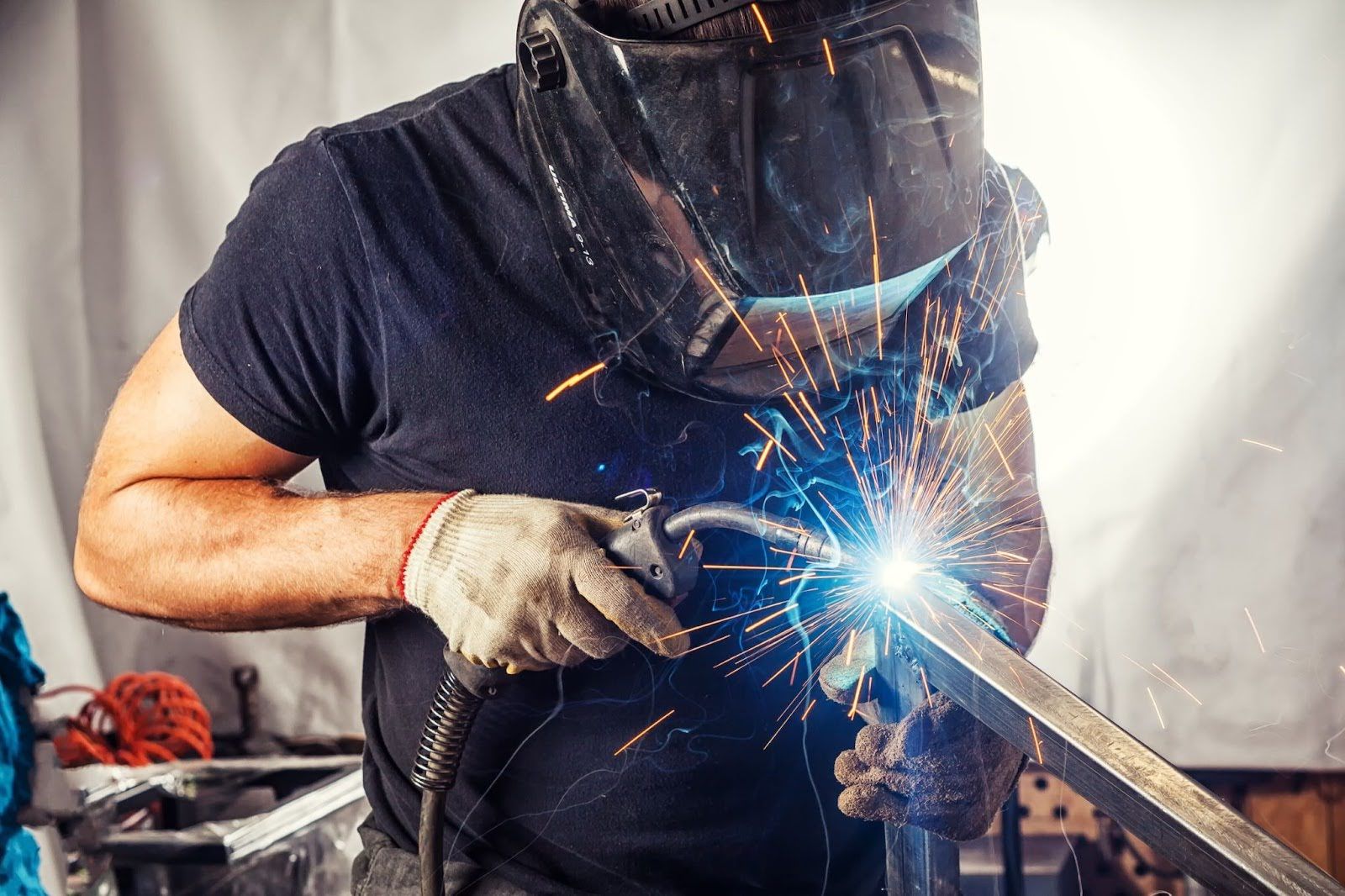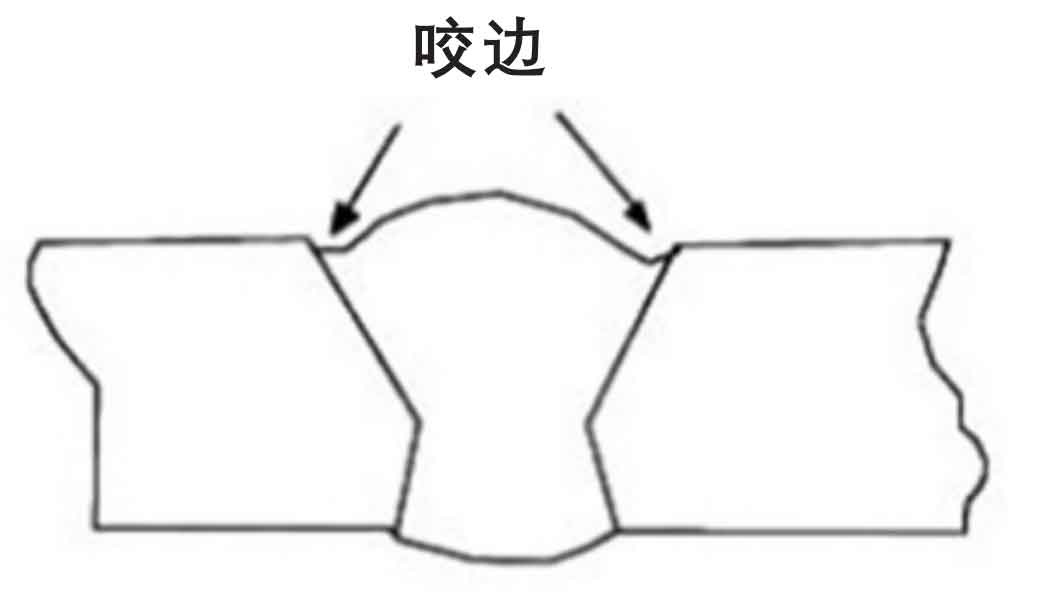Necessary Tips for Welders: Preventing Undercut Welding and Ensuring Stronger Weld Joints
In the world of welding, attaining solid and resilient weld joints is the cornerstone of generating high-grade job. One typical difficulty that welders frequently encounter is undercut welding, which can endanger the honesty of the weld joint.

Understanding Undercut Welding
Undercut welding is an usual welding problem that takes place when the weld metal stops working to properly load the groove and results in a groove-like anxiety along the weld grain. This problem damages the weld joint, making it vulnerable to fracturing and failure under stress and anxiety. Undercutting can be triggered by numerous elements, consisting of too much welding current, high welding rate, inappropriate electrode angle, incorrect electrode dimension, and inadequate welding strategy.
One of the primary factors for undercut welding is an imbalance between the welding present and the welding rate. If the welding current is too expensive or the welding speed is also quickly, the weld metal may not effectively fill the groove, resulting in damaging. In addition, using an electrode that is too big can lead to a comparable end result, as the excess metal can not correctly stream right into the groove.
To avoid undercut welding, welders should ensure they are using the appropriate welding parameters, keep an ideal electrode angle, pick the appropriate electrode size, and practice proper welding methods. By attending to these aspects, welders can decrease the threat of damaging and develop more powerful, extra trusted weld joints.
Proper Welding Technique
Effective welding strategy plays a vital function in ensuring the top quality and stability of weld joints. One fundamental facet of appropriate welding technique is keeping the right angle and distance between the welding weapon and the workpiece.
Furthermore, a constant and regular hand motion is necessary for producing solid and long lasting weld joints. Welders ought to go for smooth, uniform activities to make sure even distribution of the weld product. Appropriate manipulation of the welding weapon and filler product is likewise vital to accomplishing optimum penetration and blend.
Additionally, regulating the heat input and picking the appropriate welding criteria based on the material being bonded are crucial aspects in achieving top notch welds - Preventing weld undercut. Welders should comply with the advised settings supplied by welding treatment specifications and change them as required based upon the specific demands of the task. By mastering appropriate welding methods, welders can significantly improve the stamina and integrity of their weld joints
Choosing the Right Electrode
When thinking about the relevance of picking the right electrode in welding applications,Maintaining the appropriate angle and distance between the welding weapon and the work surface is basic. The selection of electrode plays a crucial role in identifying the high quality and stamina of the weld joint. Electrodes are available in different kinds, each created for certain objectives and products.
First of all, choosing the proper electrode size is necessary. Thinner electrodes are ideal for welding slim materials, while thicker electrodes are better for thicker materials and higher warmth applications. Matching the electrode size to the density of the work surface assists accomplish a balanced weld.
Second of all, recognizing the product make-up of the electrode is essential. Various electrodes are made for welding details products like steel, stainless-steel, aluminum, or cast iron. Using the correct electrode material makes certain excellent combination and lessens the danger of flaws in the weld.
Finally, thinking about the welding position and technique is important when choosing the electrode kind. Specific electrodes are better matched for overhanging or vertical welding positions, while others function well for flat or straight settings. Selecting the appropriate electrode based upon the welding technique boosts the general weld quality and honesty.
Preparing the Base Metal
To ensure a successful welding procedure, what initial steps should be taken when preparing the base steel for welding? In addition, any existing weld material or deposit from previous welding should be removed to make sure a tidy surface for the new weld.

Conducting Post-Weld Inspections

After conducting these assessments, welders must contrast the outcomes versus market standards and about his project needs to make certain that the weld joint fulfills all needed requirements. Any discrepancies or inadequacies found during the post-weld examination needs to be immediately dealt with through ideal rehabilitative steps to guarantee the weld's honesty. By diligently performing post-weld examinations and immediately dealing with any concerns, welders can support the quality and integrity of their work, ultimately adding to the safety and long life of the welded frameworks.
Conclusion

To conclude, avoiding undercut welding and making certain stronger weld joints call for a combination of correct welding method, picking the best electrode, preparing the base steel correctly, and performing post-weld evaluations. By recognizing the root causes of undercut welding and carrying out the necessary safety measures, welders can produce premium weld joints that fulfill market criteria and ensure the structural honesty of the welded elements.
Undercut welding is a typical welding defect that happens when the weld steel falls short to correctly fill up the groove and results in a groove-like clinical depression along the weld bead (Preventing read this weld undercut). Undercutting can be triggered by numerous factors, including too much welding current, high welding rate, improper electrode angle, wrong electrode size, and bad welding strategy
One of the major reasons for undercut welding is a discrepancy between the welding present and the welding rate. If the welding current is also high or the welding speed is too fast, the weld metal may not appropriately fill the groove, leading to undercutting.Maintaining the appropriate angle and distance between the welding gun and the work surface is essential when taking into consideration the relevance of picking the right electrode in welding applications.
Comments on “Best Overview to Preventing Weld Undercut: Tips and Techniques”